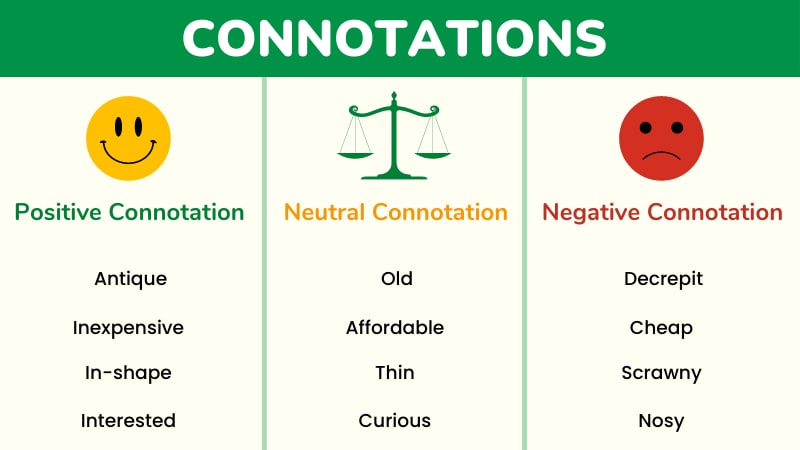Types of Expository Writing
Expository Writing
This is the type of writing that explains, elucidates or simplifies. Newspaper articles, journals, even essays can demonstrate this type of writing, and it is a very common form of writing.
Writing an expository article is like answering the questions of a preschooler, who is inquisitive about everything and wants to know how and why things happen. In this type of writing too, you have to assume that you are teaching them from scratch. So, they are detailed and as the name suggests, explanatory.
Most of us have written some form of expository writing in school or college, or have read it somewhere. This type of writing includes but is not limited to essays like: Paragliding, Global Village, The Value Triad, etc.
Types of Expository Writing:
There are 5 kinds of expository writing. They include:
- Problem and Solution
- Cause and Effect
- Compare and Contrast
- Definitions and Classification
- How-to/Process
What Each Type Means:
- Problem and Solution: These writings are exactly what one might expect: identifying an issue, giving details about it and suggesting solutions or one solution that is best from many. For example, someone may choose to write about a problem such as population explosion. After explaining the problem in detail, he or she would explore the solutions. Needless to say, the writer also has to justify the solutions proposed and how they can be implemented, if they are actually feasible or not.
- Cause and Effect: Why did something happen and what impact it might have are the two central aspects of this type of writing. They may include environmental problem or ask for opinions about an issue and how it will affect the future or what impact does a historic event have on the lives of a nation’s citizen etc. The outcomes can be definitively true or can be based on assumptions, but either way, must be validated.
- Compare and Contrast: This type of writings has two features: comparison which works with the similarities of two contents and contrast which works with the differences of the two contents. For example, if you are told to write an essay asking if children should be playing inside or outside the home, you can compare why play is important and then create a contrast to show how one is better or worse than the other.
- Definitions and Classification: This type of writing is the one you’re reading right now. This will explain what something is and how many types of the thing can there be. For example, expository writing and its types.
- How-to/Process: This type of essays will tell you about a task and how to complete that task. For example, an essay about how to make tea. You will need to first address the problem, then give the main steps the reader will take, and the end result. You can also include substitute steps in the conclusion or beside the main steps.
Grammar
Read More
- How to Use "Therefore" in Sentences Avoiding Common Mistakes
- How to Use "Whereas" with Examples and Avoid Common Mistakes
- When and How to Use "Thus" Correctly Without Common Mistakes
- How to Use "On the Contrary" Properly with Meaning and Examples
- When and How to Use "Either/Or" with Examples and Common Mistakes to Avoid
- How to Use "On the Other Hand" Effectively without Mistakes
- How to Use "Respectively" with Example and Common Errors to Avoid
- How and When to Use "Moreover" Without Mistakes
- How to Use "Likewise" in Sentences Based on Context & When not to Use
- When & How to Use "Although" in Sentences to Avoid Mistake

